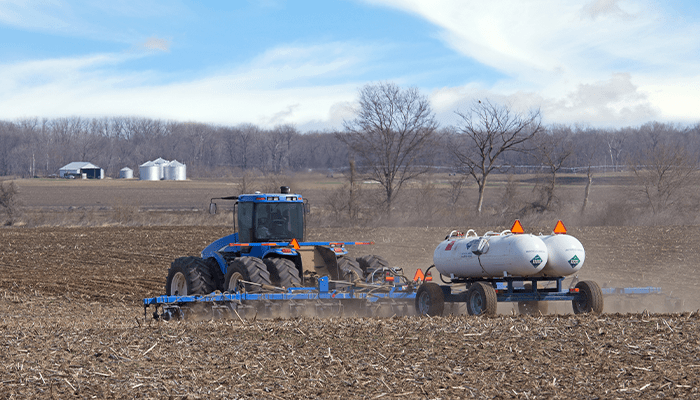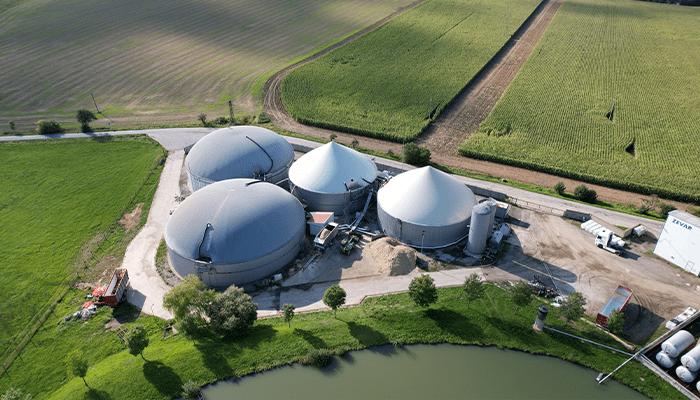
Encourage Near Miss Reporting to Improve Worker Safety
Imagine a scenario where an employee uses machinery without proper training, or a worker almost slips in a puddle of water caused by leaking equipment. No one is injured, but someone could have been. These near misses are just two examples of the many incidents that occur every day in the workplace that could result in serious injury or damage.
OSHA refers to these near misses as “Close Calls,” which means “an incident that could have caused serious injury or illness but did not.”
Near miss incidents may not cause immediate harm, but they can precede events in which an injury or loss could occur. Implementing a miss reporting system allows safety managers to capture valuable data for statistical analysis, correlation studies, trending and performance management. By encouraging employees to report near misses, employers have an opportunity to prevent future incidents.
Near miss reporting systems do not need to be complicated. A simple form that captures the date, time, location, nature of the near miss, details about the near miss, and thoughts about the potential outcome is helpful. Photos, videos, and suggestions for remedy add additional value.
Employee participation is a fundamental component of a successful safety management system. In addition to creating a culture where employees contribute to their own safety and that of their coworkers, consider the following best practices when implementing a near miss reporting system:
- Leadership must establish a reporting culture reinforcing that every opportunity to identify and control hazards, reduce risk, and prevent harmful incidents must be acted upon.
- Create a policy and procedure that is easy to understand and use.
- Educate employees on the importance of near miss reporting.
- Reporting needs to be non-punitive and offer anonymity.
- Conduct investigations of every near miss to identify the root cause.
- Use investigation results to improve safety systems, hazard control, risk reduction, and lessons learned.
The National Safety Council estimates that, on average, preventing a workplace injury can save $39,000, and preventing a fatality can save more than $1.4 million. Companies that focus on prevention have more effective control of hazards, improved process reliability, increased revenues, decreased production costs, lower maintenance costs, and lower insurance premiums.
The same factors that contribute to a near miss can lead to an accident. Strengthen your safety program and culture by contacting AssuredPartners agribusiness team.
Featured News & Insights

Insurance premiums in the excess and umbrella markets continue to rise, and one of the key reasons is something that often goes unaddressed outside the legal and insurance worlds: abuse of the legal...

Nitrogen is the cornerstone of crop production, vital to plant health and growth. However, one of the most efficient yet challenging sources of nitrogen is anhydrous ammonia (NH3). While NH3 is an...

Carbon credits as a concept have been around for years, offering both environmental and economic opportunities for the agriculture sector. With sustainable practices taking center stage, it's...